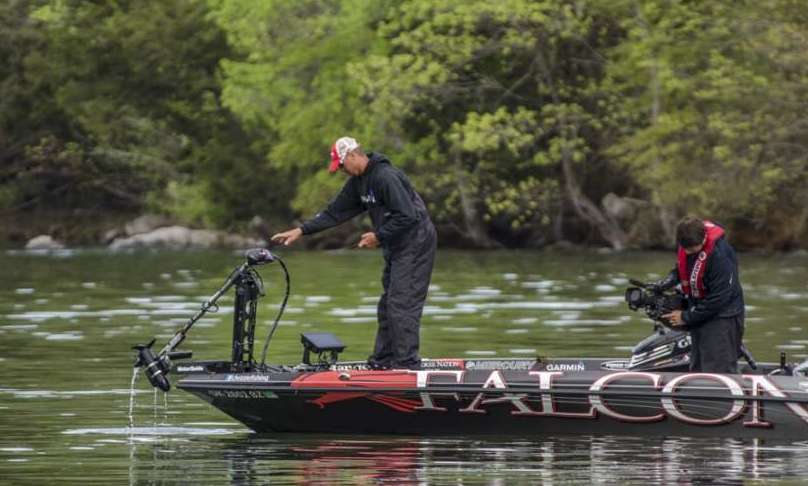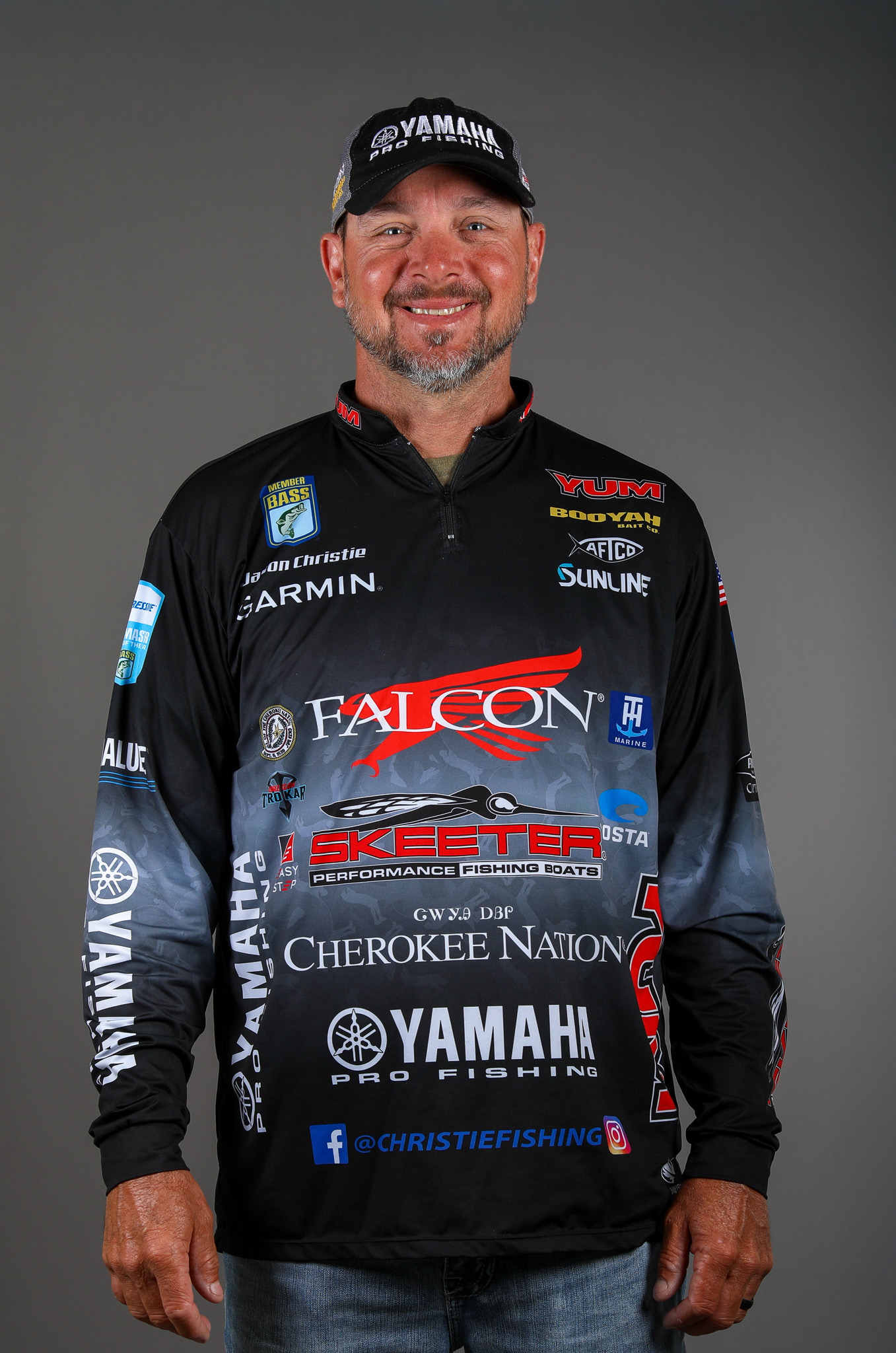
I haven’t been in fishing as long as some, but in the 25 years I’ve been at it, I’ve seen a lot of changes. One of the biggest changes has been the bigger baits that have become the norm.
There are some definite advantages to a large bait, but there’s also a potential downside — and that’s something I found out the hard way.
I think that we, as competitors, think we’re immune to injury. I’ve had people tell me, “You need to do stretches and take care of yourself.” But I have to say I could do a lot better at that.
I have done a little but not as much as I should. I guess that’s why I’ve had two elbow surgeries.
The funny thing is I’ve played countless basketball games in school, run the mountains deer hunting and trying to do more than I should and never got hurt. But then I get elbow surgeries as a direct result of standing on the front of a boat.
I’m not going to say that my injuries were 100 percent caused by big baits, but they were triggered by a few days of throwing a giant bait.
I can’t put my finger on when my first injury (2012) occurred because, after one of these big baits first came out, it took me a while to learn how to throw a 2 1/2- to 3-ounce bait — the right rod, the right reel, and more importantly, the exact motion to throw that thing without hurting yourself.
I think that’s what triggered the first one. I can remember exactly how the second one occurred. Last year, the Elites were on Toledo Bend and early on the first day of practice, I had an idea that I needed to throw a big bait.
I didn’t have a rod and reel rigged up for this bait so I put it on a rod that wasn’t heavy enough. I was able to cover a lot of water and started working. I was triggering bites and learning where those bigger Toledo Bend fish were living.
My plan was to finish out that day with the tackle I was using and then rig up the right outfit that night. Well, I was tired after a day of practice and I figured I’d just stick with what I had and get rigged up before the tournament.
I threw that thing on the wrong outfit for three days, and I could feel my elbow hurting. You tend to think “I can fight through this, I can keep going,” but it continued to hurt worse and worse. There never was an exact cast that caused the injury; it was that repetitive motion over several days.
I’m a competitive person and sometimes that competitiveness translates into stubbornness. That stubbornness resulted in an 80 to 90 percent torn bicep.
Back in 2012, my injury was actually an elbow nerve opening; something similar to carpal tunnel syndrome. Last year, I thought I had the same thing, and I actually had scheduled surgery for that same type of injury. But when the doctor did a safety MRI, he found that I also had a torn bicep, so he reattached my bicep and fixed that nerve opening.
The bad news is I’m not 100 percent, but the good news is I’m getting better quickly. I’m 100 percent on mobility and about 60 percent on strength.
Fortunately, the first event is on Cherokee Lake so that will give me more time to recover. By comparison, if we went to Okeechobee first, I’d need a flipping stick with braided line and that would be tough right now.
As far as therapy, while I’ve been fun fishing at home, I’ve been throwing crankbaits a lot. I think that steady circular motion has been helping. I’ve also been carrying my hand grips while I’m driving and exercising each hand.
I’ll be set for the start of the season, but I might pull the reigns back a little on the first two events until I’m certain that my elbow is back to full strength. Throughout the year, I’ll work on stretching more and preparing myself for the physical challenges of each situation I face.
Also, I won’t be stubborn. If it doesn’t feel right, it probably isn’t right.

